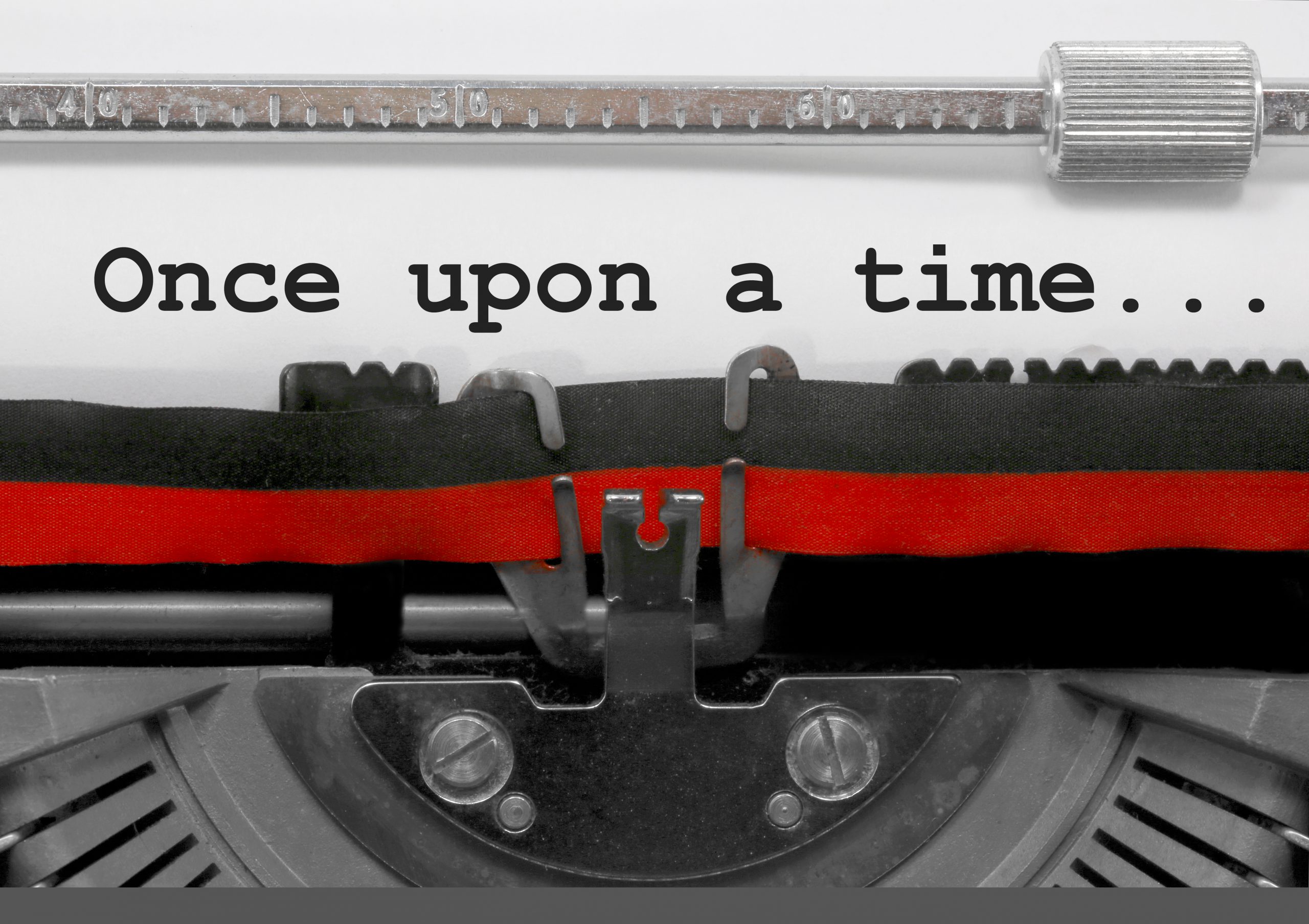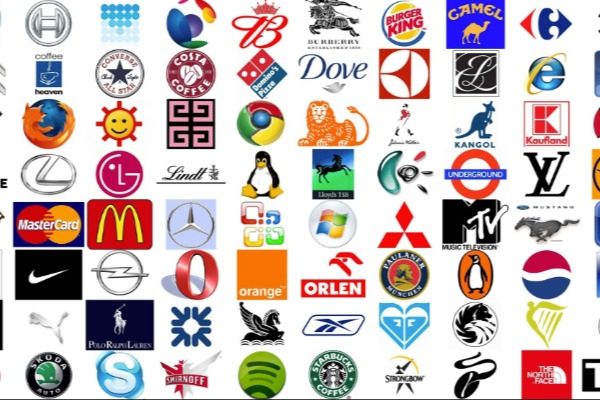Make a Name For Yourself: How to Name Anything
“A rose by another name would smell as sweet.” – Shakespeare. Or would it?
Truth: no other investment you make in your business or product will last longer or be used more than its name. Getting your brand or product’s name right can have awesome benefits – a great name will help people understand what you’re all about, cause them to remember you, endear them to your brand, and can even connote your brand’s personality. Consider the following names:
The Whopper, Burger King’s famous sandwich;
Chubby Hubby, a Ben & Jerry’s ice cream flavor;
SalesForce, the CRM software company;
CounterCulture, a coffee brand;
Bed Head, a haircare product line;
Oracle, the computer technology company.
Not only are these names memorable, but they resonate with you. You like the brand a little more. They even create a visual in your mind. That’s the power of a great brand or product name.
Conversely, getting your brand name wrong can have painful consequences, with your customers having confusion, frustration and even repulsion at a name that’s difficult to understand, pronounce or spell. Here are some of my favorite losers:
Xobni (a software company; yep, that’s “inbox” spelled backwards);
Speesees (a no longer existent baby clothing line);
Tronc (short for Tribune Online Content – when said aloud it sounds like the Tin Man falling down metal stairs); and
American Scrap Metal (um, the url: americanscrapmetal.com).
So it goes without saying: it’s really important to get your brand name right to avoid being stuck with one that will give you issues down the road. Here’s how to do just that.
Criteria for your Brand Name
At a minimum, your business’ name should connote what you do, be memorable and easily pronounceable / spellable, and it flexible enough so it remains relevant as your business grows. As well, it needs to work well with today’s technology – for example, it should translate well into a url, and if you’re in a field that’s heavy with acronym names, your name should convey a good acronym. This should be your minimum criteria naming checklist. We also use another set of criteria to evaluate brand names, the SMART criteria:
Suggestive – evokes something about your brand
Memorable – makes an association with the familiar
Accurate – correctly represents your proposition
Repeatable – sounds good when spoken aloud
Tonally appropriate – the feeling the name evokes, the expectations created
But you can meet all these and still wind up with a dud of a name. This SCRATCH checklist makes sure you can avoid these name deal-breakers:
Spelling challenged – names that look like there’s a typo (Netflix is one thing; yooneek.com is another)
Copycat – something that resembles the competition ( i- anything is a big no)
Restrictive – a name that works for today but limits future growth
Annoying – Seems forced, frustrates customers
Tame – feels flat, uninspiring
Curse of Knowledge – a name that speaks only to insiders
Hard to pronounce – confuses and distances customers (seriously: Xobni?)
These are important criteria as well. You never want to land on a name that only you appreciate, or one that feels flat or uninspiring, or feels like a knockoff of a bigger, better well-known brand.
Types of Names for Your Brand
What kind of name should your brand have? Sometimes, your brand name can simply be a descriptive name that explains your business – like General Motors or Hotels.com. But if your brand or product allows it, you can choose to go with an evocative or metaphorical name, such as Oracle or Nike, which conveys so much more emotion and personality. There’s a spectrum of creative naming options; here are the various naming schema:
FOUNDER’S NAME: Ford / McDonalds / Ben & Jerry’s / Christian Louboutin
DESCRIPTIVE: General Motors / Toys “R” Us / E*Trade / Whole Foods
FABRICATED: Pinterest / Kodak / Activia / Häagen Dazs / Zappos
METAPHOR: Amazon / Nike / Patagonia / Monocle / Tesla / Hubble
ACRONYM: IBM / CNN / AARP / DKNY / KFC
MISSPELLED MEANING: Flickr / Tumblr / Netflix
COMBINATIONS: AirBnB / UnderArmour
There are benefits and drawbacks to each of these. Fabricated names – like Zappos, for instance – are empty vessels, so you can assign a meaning to them – but it might be expensive to build up brand recognition (people didn’t readily associate Zappos with shoes for a long time). Conversely, a name like onlineshoestore.com easily tells the customer what the brand is all about, but loses the creativity and the feeling of speediness that the name ‘Zappos’ implies.
Competitive / Tone Check
When thinking about a name for your brand, it’s helpful to start by looking at your industry and to see what your competition is doing, so you can avoiding what everyone else is doing. A client of ours was in the accounting sector. When we looked at the competitive landscape, we noticed how many accounting firms used founder names. We opted to avoid that route for the brand.
You also want to think about your business, and what type of name might best lend itself to your business. We recently renamed a not-for-profit organization in the justice sector. Given the seriousness of their field, it would’ve been inappropriate for their new organization’s name to be a fabricated word or a hip misspelled name.
Brainstorming: How to Land on a Great Name

A great name often comes from creativity; a great deal of patience and effort; word, phrase & imagery association; and finding creative ways to articulate your brand’s big idea. When I’m naming a brand, I’ll often start with the brand attributes that make up the brand or the product; I’ll also look at the functional or emotional benefits, and even the brand’s archetype for naming inspiration.
I’ll then write down all the power words associated with my brand, ideally working with between 6 -12 power words. I’ll then hit up my thesaurus for word associations, do image searches of each of these power words to find additional associations, and look for new idioms or expressions to convey each of my power words. It’s imperative to write everything down! You never know: what you felt was ‘meh’ at first blush could turn out to produce your dream brand name.
Tools are essential and in this exercise, my go-tos are my thesaurus, my dictionary and visual images (pinterest, instagram). Thesaurus – helps expand your word association options. Dictionaries are important because they have more than just definitions. Instagram and Pinterest are key because an image is worth 1,000 words. You never know where inspiration will strike or what will surface so it’s important to use all your resources, write everything down and keep looking for inspiration.
Once you have an ample list of words – and for me that’s usually pages and pages of notes and words – you start mining your list of words for gold. What sounds particularly appealing when said aloud? What word or set of words convey the main idea or captures a key essence of the brand? Naming can be incredibly time consuming or immediate, where the name instantly comes to you. Be patient with the process.
Let Your Unconscious Do the Work
It’s important to work intensely for a while and absorb all your research, then get up and leave and do no thinking for a stretch. That’s right: go goof off. Creativity is actually not a rational, conscious thought process but an unconscious one. Ever notice how great ideas just “come out of nowhere?” That nowhere is your unconscious. To get great ideas, you need to feed your conscious (rational) mind lots of great facts, information and idea starters… and then get out of the way. Your creative unconscious mind will work brilliantly and serve up great creative ideas once your mind is turned off.
Finally, trust the process! If you embark on a naming effort, you will undoubtedly come up with at least 1-2 great descriptive options for your brand or product, and possibly a few other more creative naming options. Don’t give up! It can be a time intensive process, but you’ll be so grateful when you have a name or two that you really like in hand.
Final Step: Check your Work.
If you land on a few options that you like, it’s important to make sure your name:
-doesn’t have a double meaning that’s negative (checking urbandictionary.com is a must);
-isn’t already taken (uspto.gov to see if it’s already been trademarked);
-can translate into a workable URL (check godaddy.com if your url is available); and
-your name options pass the SMART and SCRATCH tests (above).
With that: go forth and brainstorm, and good luck! If you’re still stumped about naming options, give us a shout; we’d be happy to consult and see if we can’t help make your brand name more magnetic.











